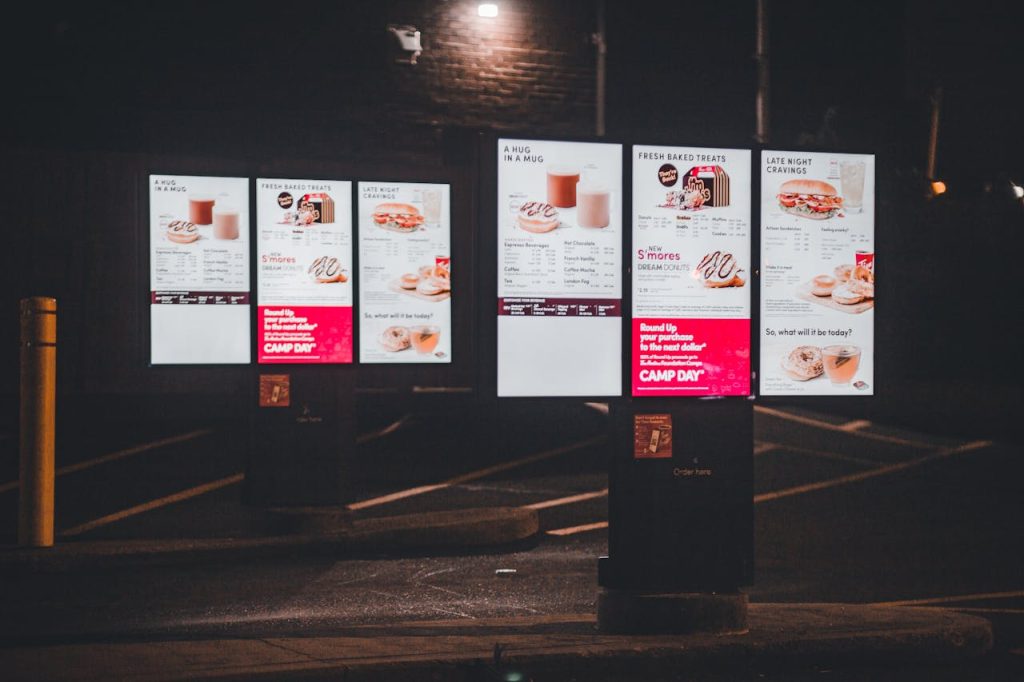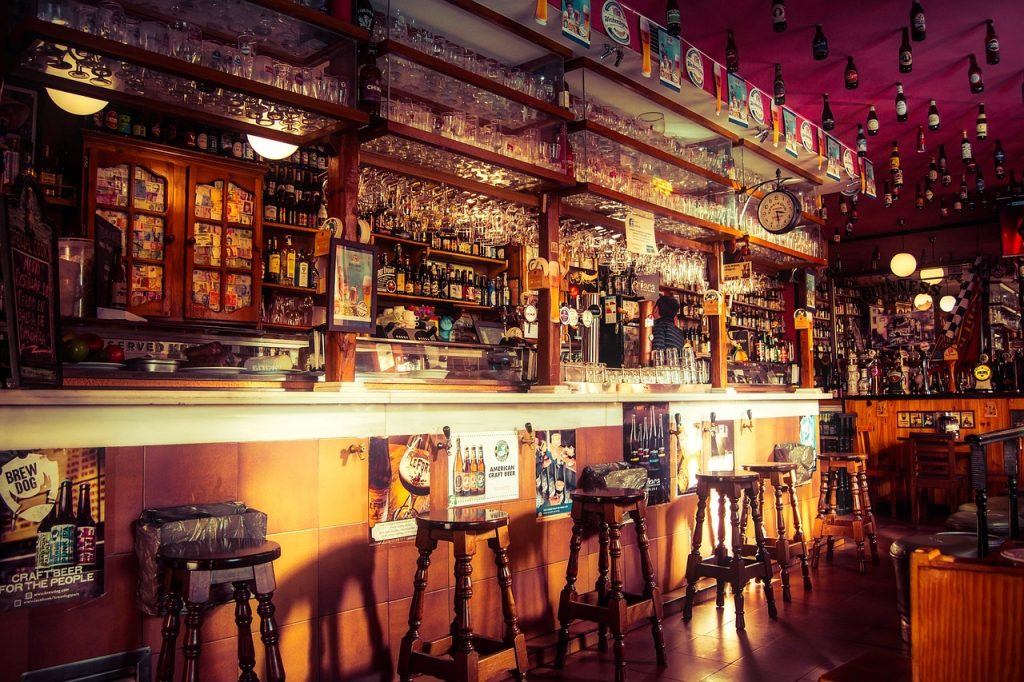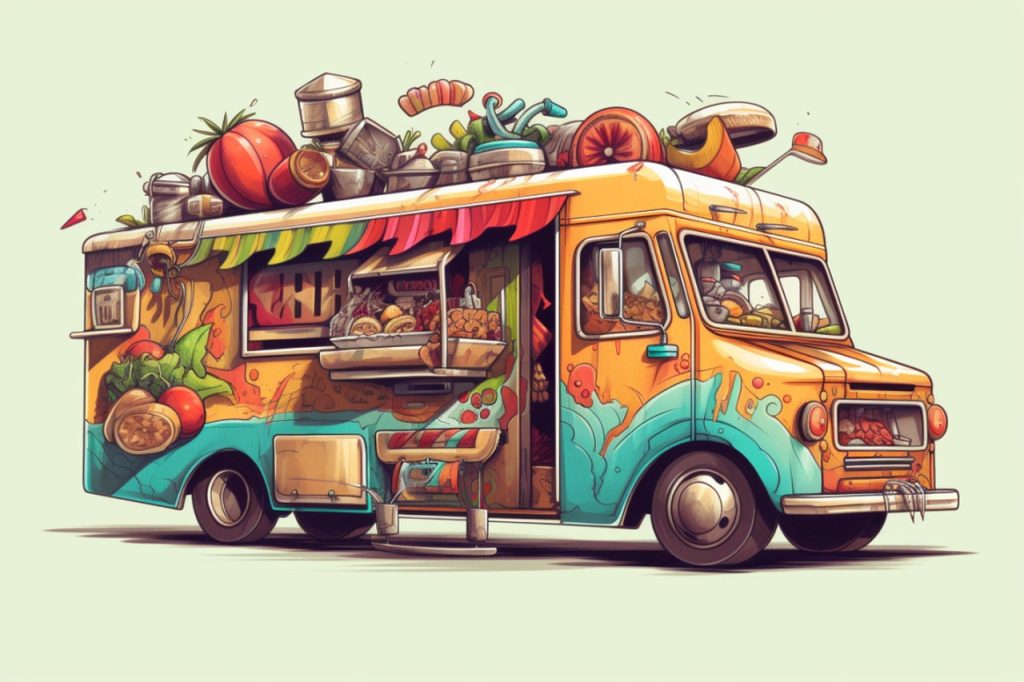Uncover the secrets of Menu Engineering—a strategic masterpiece transforming restaurants into profit powerhouses. From categorising culinary gems to decoding the psychology behind dining choices, this guide unveils the art of crafting menus that captivate hearts, satisfy taste buds, and elevate your restaurant’s success!”
Menu engineering is a technique used in the restaurant business to meticulously examine and optimise the menu in order to increase revenue and customer satisfaction. Creating a menu that motivates consumers to order particular items that are not only more popular but also more profitable for the restaurant is the aim of menu engineering.
You can classify the items on your Restaurant’s menu in the following categories and then decide which items you can focus on most.
Stars (High Profit, High Popularity): These are the menu items that have a high profit margin in addition to being favoured by consumers. Due to their substantial contribution to total profitability, you might want to focus and promote these items.
Plow Horses (High Profit , Low Popularity) : Although these products are profitable, they are not very popular. If you want to boost the popularity and sale of these items, you should think about repositioning or advertising them.
Puzzles (High Popularity, Low Profit): Despite these products being well-liked by consumers, their profit margins are not as strong. Menu engineering might help increase profitability without compromising popularity by making changes to the recipe or price.
Dogs (Low popularity, low profitability) : These are products that don’t make a lot of money or are really popular. You might think about changing your mind about these dishes or take them off the menu entirely.
How Psychology affects Menu Engineering
Visual Order
The order of items on a menu can affect what customers notice initially because people read from top-left to bottom-right. Prime locations, like the top or the middle, increase the likelihood of those items being chosen. You can strategically place the items in those locations.
Colour and Images
People’s emotions and perceptions can be influenced by colours and visuals. Images of food that have been presented beautifully can enhance the appeal of the food, while warm hues like red and orange can increase appetite. Some dishes can be highlighted by skillfully utilising colour and pictures.
Description
Customers’ opinions about the taste and value of menu items can be influenced by the descriptions provided. Dishes can be made more appetising by describing them using vivid and captivating language. In order to evoke emotions and foster a favourable expectation of the dining experience, you may also use sensory words.
Decoy and Anchoring Effects
By placing a costly item next to one that is marginally less expensive, the anchoring effect creates the impression that the lower-priced item is a better value. When a second, less desirable choice is added to make a highly desirable option appear more enticing, this is known as the decoy effect. These effects can be purposefully employed by you to affect customers’ perceptions of value.
Formatting and Typography
The way information is processed can be impacted by the font, size, and style of menu text. Fonts that are legible and easy to read improve comprehension, and highlighting or using different colours to attract emphasis to specific items can help them stand out. Typography may be used by you to steer customers toward particular options.
Benefits of menu engineering
Maximised Earnings
You can highlight and promote high-profit items by carefully examining and modifying the menu. This may result in higher sales of such goods, boosting revenue all around.
Enhanced Customer Satisfaction
Menu engineering assists in determining and improving the most liked items. You can better fulfil the expectations of your target customers and increase their satisfaction by customising the products based on your understanding of client preferences.
Enhanced Operational Efficiency
Focusing on high-margin and popular items allows for better inventory management and cost control. You can streamline Your operations by concentrating on items that are easier and more cost-effective to prepare.
Menu engineering entails examining menu item prices to make sure they are reasonable and in line with consumer expectations. Appropriate pricing can draw in more clients and boost revenue.
Less Food Wastage
You can reduce the chance of overstocking ingredients for less famous dishes by streamlining your menu. As a result, less food is wasted and the business becomes more sustainable. This would also improve the image of your restaurant in the market driving more clients in.
Decision-Making based on data
Sales information, customer reviews, and other metrics are included in menu engineering through data analysis. With the help of data, you can make decisions and the menu may be modified in response to shifting consumer tastes and trends.
The art and science of Menu Engineering emerges as a game-changer for every restaurateur. From the strategic dance of Stars and the underrated charm of Plow Horses to unravelling the Puzzles and taming the Dogs, your menu is a canvas waiting for brilliance. By now you would’ve also understood how visual order, colours and descriptions enchant people. Apply whatever you have learnt till now and let us know in the comments below how your experience was. Don’t forget to check out our next post that’ll help you figure out everything related to pricing the items and the mistakes that you shouldn’t make while creating your menu.




